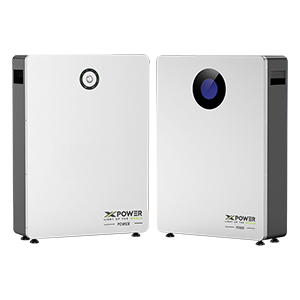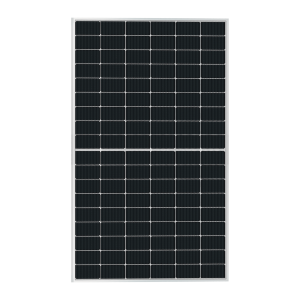What are the differences between the three types of photovoltaic modules?
Time of Release : 2023-10-07
The three types of PV (photovoltaic) modules commonly used in solar power systems are monocrystalline, polycrystalline, and thin-film modules. Let’s explore each type in more detail:
Monocrystalline Modules
Monocrystalline modules are made from a single crystal structure, typically silicon. They have a uniform dark appearance with rounded edges. The manufacturing process involves slicing cylindrical silicon ingots into thin wafers, which are then assembled into cells and interconnected to form a module.
Advantages:
High Efficiency: Monocrystalline modules have the highest efficiency among the three types, typically ranging from 15% to 22%. This means they can convert a larger percentage of sunlight into electricity.
Space Efficiency: Due to their higher efficiency, monocrystalline modules require less space to generate the same amount of power as other types.
Longevity: These modules are known for their durability and long lifespan, often lasting 25 years or more.
Disadvantages:
Higher Cost: Monocrystalline modules tend to be more expensive compared to other types due to their manufacturing process and higher efficiency.
Temperature Sensitivity: Their efficiency can drop in high-temperature conditions, affecting overall performance.
Polycrystalline Modules
Polycrystalline modules are also made of silicon, but they are composed of multiple silicon crystals rather than a single crystal structure. The manufacturing process involves pouring molten silicon into a square-shaped mold, which is then cooled and cut into wafers.
Advantages:
Lower Cost: Polycrystalline modules are generally more cost-effective to produce compared to monocrystalline modules.
Good Performance: While slightly less efficient than monocrystalline modules, polycrystalline modules still offer respectable power conversion rates, typically ranging from 13% to 17%.
Disadvantages:
Lower Efficiency: Polycrystalline modules have a lower efficiency compared to monocrystalline modules, resulting in slightly reduced power output.
Space Requirement: Due to their lower efficiency, polycrystalline modules require more space to generate the same amount of power as monocrystalline modules.
Thin-Film Modules
Thin-film modules are composed of thin semiconductor layers deposited onto a substrate, such as glass or metal. The commonly used materials for thin-film modules include amorphous silicon (a-Si), cadmium telluride (CdTe), and copper indium gallium selenide (CIGS).
Advantages:
Cost-Effectiveness: Thin-film modules are less expensive to produce since they require fewer raw materials and a simpler manufacturing process.
Versatility: They can be made flexible and lightweight, allowing for various applications, such as building-integrated photovoltaics (BIPV) and portable solar devices.
Disadvantages:
Lower Efficiency: Thin-film modules have the lowest efficiency among the three types, typically ranging from 9% to 12%. This means they require more surface area to generate the same amount of electricity as crystalline modules.
Degradation over Time: Thin-film modules tend to degrade faster than crystalline modules, resulting in a shorter lifespan.
It’s important to note that the choice of PV module type depends on factors such as available space, budget, and desired efficiency. Each type has its own advantages and considerations, and selecting the most appropriate one will depend on the specific requirements of the solar power system.






